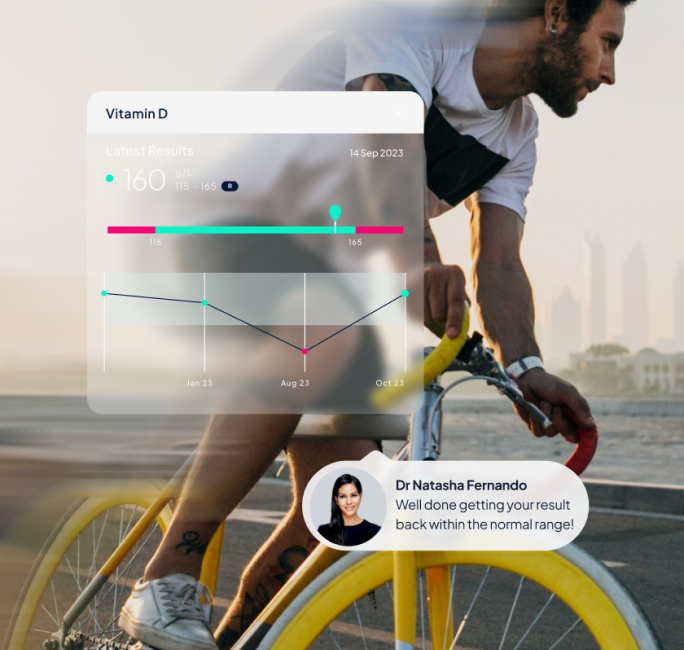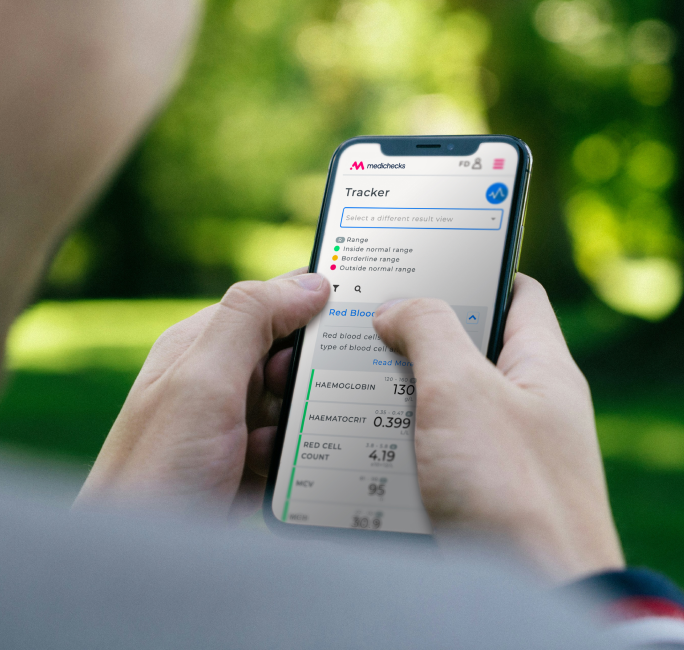Concerned about hormonal balance, energy levels, or reproductive health? This test measures testosterone and oestradiol, two key hormones that influence muscle mass, libido, mood, and overall well-being in both men and women. It’s ideal for those assessing hormonal imbalances, fertility, or the effects of ageing on hormone levels.
We strongly recommend opting for a venous collection method to reduce the risk of sample contamination from hormone gels, creams, or from touching contaminated surfaces.











